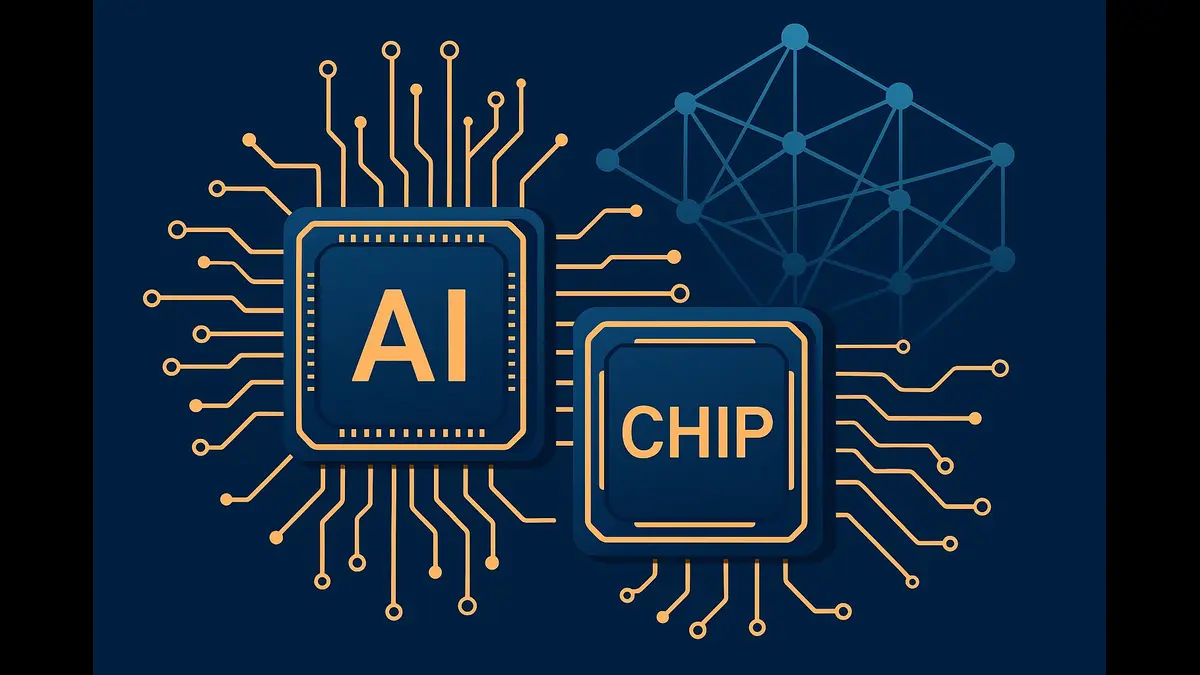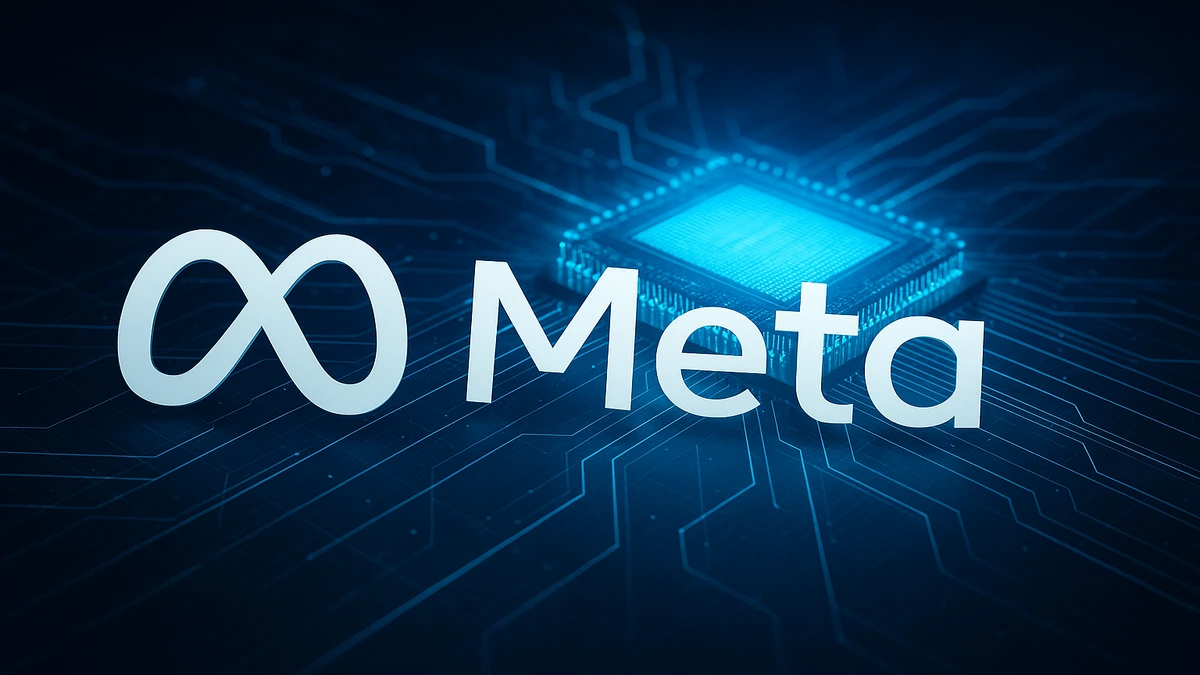
Ant Group cuts AI training costs 20% using Alibaba & Huawei chips with MoE models—fueling China’s push for AI independence by 2030.
As global competition in artificial intelligence (AI) intensifies, Ant Group, the fintech affiliate of Alibaba Group founded by Jack Ma, has achieved a significant milestone in AI development. On March 24, 2025, the company announced a breakthrough in training AI models using domestically produced semiconductors from Alibaba and Huawei, reducing costs by 20% compared to Nvidia’s H800 chips. This advancement, driven by the Mixture of Experts (MoE) machine learning approach, marks a pivotal step in China’s quest for technological self-reliance amid U.S. export restrictions on advanced chips. This article explores Ant Group’s innovative strategy, its implications for the global AI landscape, and its alignment with China’s broader technological ambitions, offering a fresh perspective on this transformative development.
Navigating U.S. Export Controls
The U.S. has imposed stringent export controls on advanced semiconductors, particularly targeting high-performance GPUs like Nvidia’s H100 and B200, to curb China’s AI advancements for national security reasons. These restrictions, tightened in April 2025, now require export licenses for Nvidia’s H20 chips, previously a primary AI chip for Chinese firms. In response, Chinese tech giants like Ant Group have accelerated investments in domestic semiconductor technologies, leveraging chips from Alibaba’s T-Head division and Huawei’s Ascend series. This strategic pivot not only addresses supply chain vulnerabilities but also aligns with China’s national goal, articulated by President Xi Jinping in April 2025, to create an “autonomously controllable” AI ecosystem by 2030.
Ant Group’s Breakthrough: Cost-Efficient AI with MoE
Ant Group’s innovation centers on the Mixture of Experts (MoE) approach, a machine learning technique that divides AI tasks among specialized sub-models, or “experts,” to enhance efficiency. Unlike traditional dense models, MoE reduces computational demands by activating only the relevant experts for a given task, enabling effective training on lower-performance hardware. According to a research paper published by Ant Group’s Ling team in March 2025, their Ling-Plus-Base model, with 300 billion parameters, achieved performance comparable to Nvidia’s H800 chips while cutting training costs by 20%. Training 1 trillion tokens now costs approximately 5.1 million yuan ($706,000), down from 6.35 million yuan ($880,000) using high-end GPUs.
The company’s strategic use of domestic chips from Alibaba and Huawei, supplemented by AMD and Nvidia’s lower-tier offerings, demonstrates a hybrid approach to AI development. This diversification reduces reliance on single suppliers like Nvidia, which dominates the global AI chip market. Ant Group’s MoE models, including Ling-Lite (16.8 billion parameters) and Ling-Plus (290 billion parameters), have shown promising results, with internal benchmarks suggesting they outperform Meta’s models in specific tasks, though independent verification is pending.
Implications for China’s AI Ecosystem
Ant Group’s achievement is a microcosm of China’s broader push for technological independence. The company’s ability to train large-scale MoE models on domestic hardware challenges the narrative that Chinese firms lag behind Western counterparts due to restricted access to advanced chips. By optimizing computational efficiency, Ant Group is setting a precedent for other Chinese companies, such as DeepSeek and ByteDance, which have also adopted MoE techniques to scale AI models cost-effectively. For instance, DeepSeek’s R1 model, with 671 billion parameters, has outperformed OpenAI’s GPT-4 in certain benchmarks, signaling a narrowing performance gap.
This breakthrough has significant implications for China’s AI industry:
Cost Reduction: The 20% cost savings enable smaller firms and startups to enter the AI market, democratizing access to advanced technology.
Healthcare Applications: Ant Group’s healthcare-focused AI platform, built on DeepSeek’s R1 and V3, Alibaba’s Qwen, and Ant’s BaiLing model, is deployed in seven major hospitals across Beijing, Shanghai, Hangzhou, and Ningbo, enhancing medical consultations and patient services.
Global Competitiveness: By reducing dependence on U.S. chips, Ant Group strengthens China’s position in the global AI race, challenging companies like OpenAI, Google, and Meta.
Challenges and Limitations
Despite its promise, Ant Group’s approach faces challenges. The Ling team reported stability issues during training, with small changes in hardware or model structure causing error rate spikes. Additionally, while domestic chips like Huawei’s Ascend 910C and Alibaba’s T-Head offerings perform comparably to Nvidia’s H800, they lag behind Nvidia’s latest Blackwell series in raw computational power and ecosystem support. Scaling these chips for mass production remains a hurdle, as China’s premier chipmaker, SMIC, faces yield issues and equipment maintenance challenges. Furthermore, the long-term competitiveness of MoE models trained on less powerful hardware against dense models on advanced GPUs is uncertain, as Nvidia’s CEO Jensen Huang has emphasized the need for larger, more powerful chips to drive AI advancements.
Strategic Alignment with National Goals
Ant Group’s innovation aligns with China’s industrial policy to achieve AI leadership by 2030. Beijing’s support for domestic chip development, coupled with investments in AI research, talent, and subsidized compute resources, has fostered a vibrant ecosystem. Companies like Alibaba, which open-sourced its Qwen2.5-VL and Qwen2.5-Max models in January 2025, are driving adoption, with over 90,000 derivative models built on the Qwen family by January 31, 2025. Ant Group’s open-sourcing of its Ling models further promotes collaboration and innovation, positioning China as a hub for cost-efficient AI development.
The U.S. export controls, while restrictive, have spurred creative workarounds. Chinese firms are stockpiling Nvidia chips, exploring global data centers, and investing in domestic alternatives like Huawei’s Ascend 910C, which began mass shipments in May 2025. Ant Group’s hybrid approach—blending domestic and U.S. chips—exemplifies this adaptability, ensuring resilience against geopolitical constraints.
Global Impact and Future Outlook
Ant Group’s breakthrough signals a shift in the global AI landscape. By demonstrating that Chinese chips can achieve near-parity with Nvidia’s H800 at a lower cost, Ant Group challenges the dominance of U.S. chipmakers and encourages other nations to explore cost-efficient AI strategies. This development could pressure Nvidia’s market position, as evidenced by a brief stock dip following DeepSeek’s earlier cost-cutting claims in 2025. Moreover, Ant Group’s success may inspire global tech firms to adopt MoE techniques, further democratizing AI development.
Looking ahead, Ant Group plans to expand its AI applications in finance and healthcare, leveraging its Alipay platform’s vast user base. However, achieving long-term competitiveness will require addressing chip scalability, model stability, and independent validation of performance claims. If successful, Ant Group’s approach could redefine AI development, prioritizing efficiency over raw computational power and fostering a more inclusive global AI ecosystem.
Ant Group’s use of domestic semiconductors to train cost-efficient AI models marks a significant milestone in China’s journey toward technological self-reliance. By leveraging the MoE approach and Chinese chips from Alibaba and Huawei, Ant Group has reduced training costs by 20% while achieving performance comparable to industry standards. This achievement not only strengthens China’s AI capabilities but also sets a new benchmark for innovation under geopolitical constraints. As Ant Group continues to refine its models and expand their applications, it is poised to play a pivotal role in shaping the future of AI, both in China and globally.






